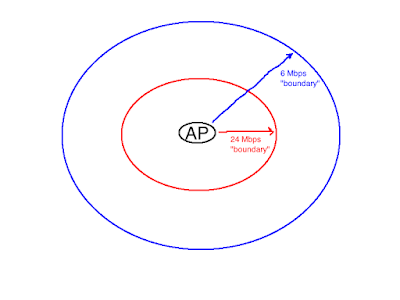We Need Wi-Fikileaks
Device vendor secrecy makes Wi-Fi worse for users. "Wi-Fi is all about the users." It's my Pinned Tweet and my professional operating philosophy. I don't care about AP vendor preference or network management or heatmaps or anything else that doesn't improve the user experience. I want every device for every user to work everywhere at all times, period. That's the goal. It is frustrating to me, therefore, that Wi-Fi device makers are so tight with their information. I've gotten a lot of blowback for my writing and Tweeting about what a mistake it is to set the Minimum Basic Rate (MBR) above 6 Mbps . Most of it is balderdash from BS artists and other people who don't know Wi-Fi. A not insignificant amount, however, is from people who know Wi-Fi, at least to some degree. And the common refrain from those people can be summarized thusly: "Wi-Fi devices use more than just RSSI to determine when to roam." Maybe things h...

